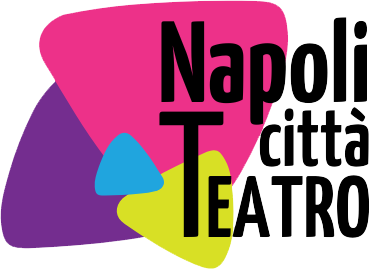Teatro San Ferdinando
Teatro San Ferdinando is a symbolic venue of Naples’ cultural and theatrical tradition. Located in the heart of the city, in the Porta San Gennaro district, it is one of the oldest Neapolitan theaters, with a history that intertwines art, rebirth, and local identity.
The Birth of the Theater
Founded in 1791 by architect Camillo Leonti, the theater was created to provide a dedicated space for opera buffa, a genre much loved in Naples. It was named after San Ferdinando, following the tradition of dedicating public buildings to saints rather than sovereigns, despite legends linking it to Ferdinand IV of Bourbon.
Initially, the San Ferdinando was a popular theater catering to a middle-class audience, distinguishing itself from the more prestigious Teatro di San Carlo. Throughout the 19th century, it hosted performances by smaller and amateur companies, though it faced periods of difficulty due to poor management.
Destruction During the War and Rebirth with Eduardo De Filippo
World War II brought a dramatic halt to its activities. In 1943, the theater was severely damaged by bombings and remained in ruins for years. Only the stage survived intact.
In 1948, Eduardo De Filippo purchased the theater, turning it into his “artistic home.” The Neapolitan actor and playwright restored it at his own expense, taking on heavy debt, and transformed it into a laboratory for his works. Eduardo called it “the theater of truth,” a space to give voice to Naples’ social and cultural issues, focusing on Neapolitan-language theater and the comedic and dramatic traditions. Here, many of his most famous plays were staged.
Closure and Restoration
After Eduardo’s death, the theater closed in the 1980s, becoming a warehouse and an archive for the maestro’s theatrical memorabilia. In 1996, Eduardo’s son, Luca De Filippo, donated the theater to the Municipality of Naples, which initiated a long restoration process. Finally, in 2007, Teatro San Ferdinando reopened with a symbolic production: The Tempest by William Shakespeare, translated into Neapolitan by Eduardo himself.
A Museum and a Place of Memory
Today, in addition to its theatrical function, the San Ferdinando also serves as a museum. It houses memorabilia from great Neapolitan actors such as Eduardo, Nino Taranto, and Pupella Maggio. Among the exhibited objects are costumes, photographs, and Totò’s iconic bowler hat.
On the walls, a mosaic dedicated to Pulcinella, created by Titina De Filippo, stands out, while the main dressing room is dedicated to Eduardo’s memory, containing personal objects that testify to his deep bond with the theater.
Teatro San Ferdinando Today
Managed by the Teatro Stabile di Napoli, the San Ferdinando remains a cultural reference point for Neapolitan theater. Its programming alternates contemporary productions with classical works, continuing the legacy of Eduardo and the city’s theatrical tradition.
The San Ferdinando is not just a physical place but a symbol of the deep connection between Naples, theater, and the stories that define its people. Visiting it means experiencing the echoes of voices and laughter that have graced its stage for over two centuries—an experience that touches the hearts of all who love Neapolitan art and culture.

